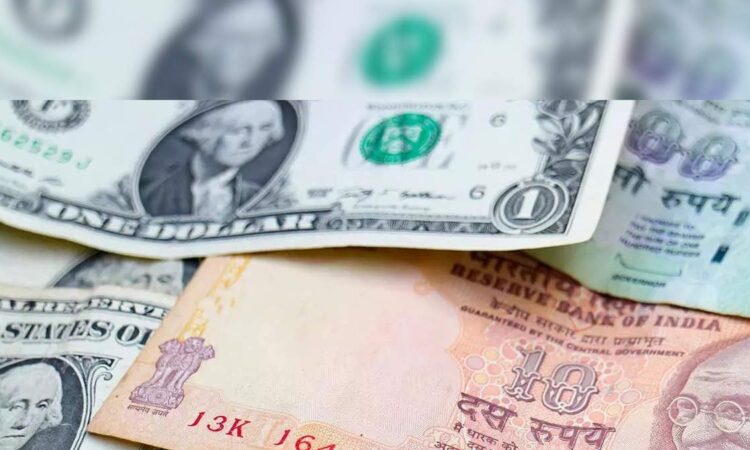
On February 5, 2024, the Indian rupee saw a slight depreciation against the US dollar, closing at 83.06 per dollar, compared to its previous close of 82.92. This move marks a marginal weakening of the Indian currency in the face of the dollar. The rupee-dollar exchange rate fluctuates regularly, influenced by a myriad of factors such as economic indicators, market sentiment, and geopolitical events. These elements shape the demand and supply dynamics of the currencies involved, thereby affecting their relative values.
Implications of Exchange Rate Movements
The oscillations in the rupee-dollar exchange rate are keenly observed by investors, businesses, and policymakers. These stakeholders engage in international trade and finance, and any shift in currency exchange rates can have far-reaching implications for them. Particularly, the import and export sectors of a country can feel the impact as the price competitiveness of goods and services in the global market is directly affected by currency movements. Additionally, exchange rates can influence inflation levels. When a domestic currency weakens, imports become more expensive, leading to an increase in the cost of living.
Role of the Reserve Bank of India
In India, the Reserve Bank of India (RBI) plays a crucial role in managing the volatility of the rupee. It deploys its monetary policy and engages in foreign exchange interventions when necessary to ensure the stability of the currency. The RBI’s actions are closely watched by market participants, and its policies can significantly affect the trajectory of the rupee.
The Current Scenario
The recent depreciation of the rupee against the dollar is attributed to the strengthening of the American currency overseas, negative sentiment in the domestic equity markets, and a surge in global crude oil prices. Furthermore, the performance of the dollar index, growth in India’s services sector, Foreign Institutional Investors (FIIs) activity, and forex reserves are vital factors affecting the exchange rate. The rupee’s slight decline reflects the ongoing trend in the foreign exchange market, with market experts expecting a downward trend for the USDINR pair in the near term.

